Running Robots by Dr. Sebastien Cotton, Robotics Unlimited, Inc
May 2, 2015
The final Ocala Science Saturday for Spring took place in May. The topic was Running Robots. Dr. Sebastien Cotton of Robotics Unlimited, Inc. led this event, which focussed on several kinds of running robots. This is our final opportunity to recognize season sponsors Oak Lane Farm, Lockheed Martin, and Ron and Phyllis Ewers, as well as May sponsor, Pine Acres Ranch. A big thanks to all for helping to make Spring 2015 another great Science Saturday season.
-
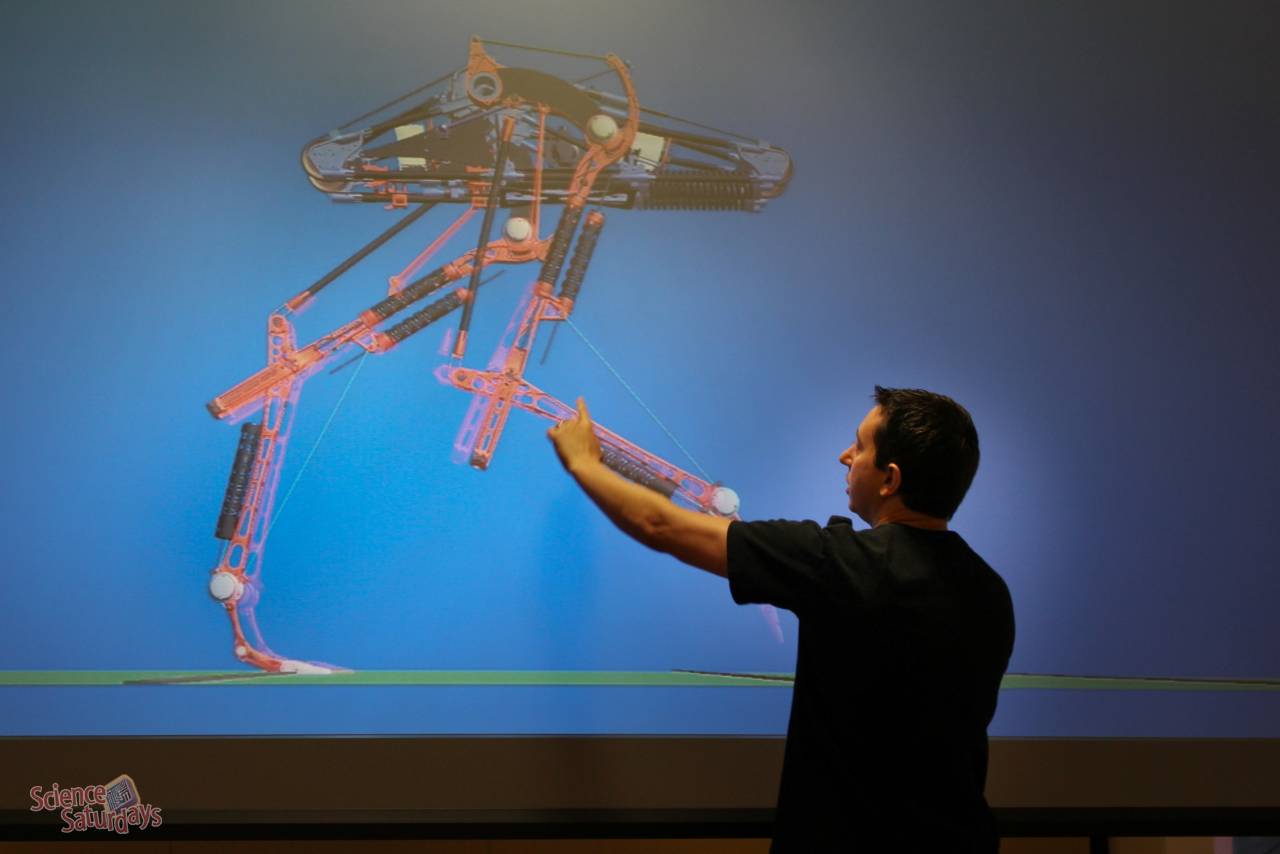
The final Ocala Science Saturday for Spring took place in May. The topic was Running Robots. Dr. Sebastien Cotton of Robotics Unlimited, Inc. led this event, which focussed on several kinds of running robots, including the bipedal robot that Sebastien is explaining here.
-
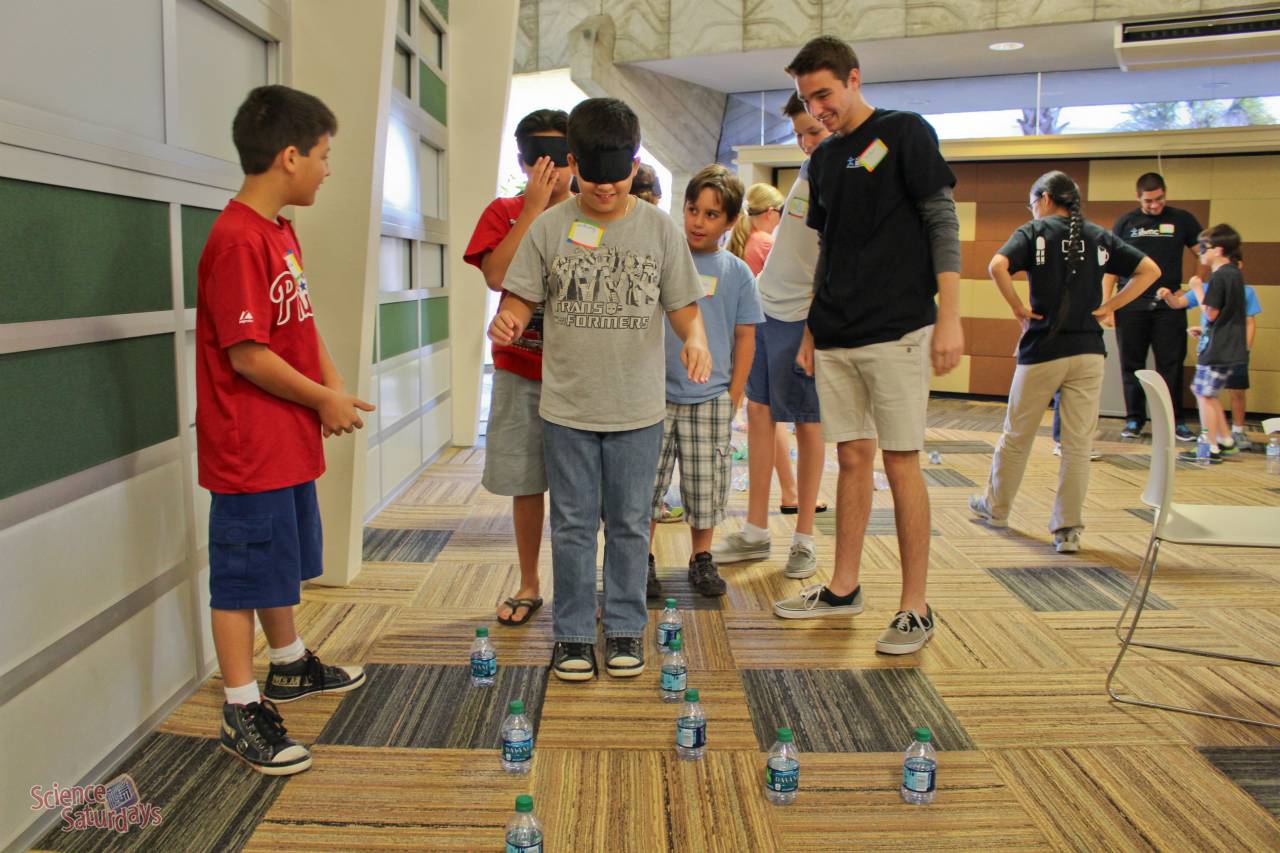
The first activity was about the complexity of walking, an activity which robots can only do with sensor input.
-
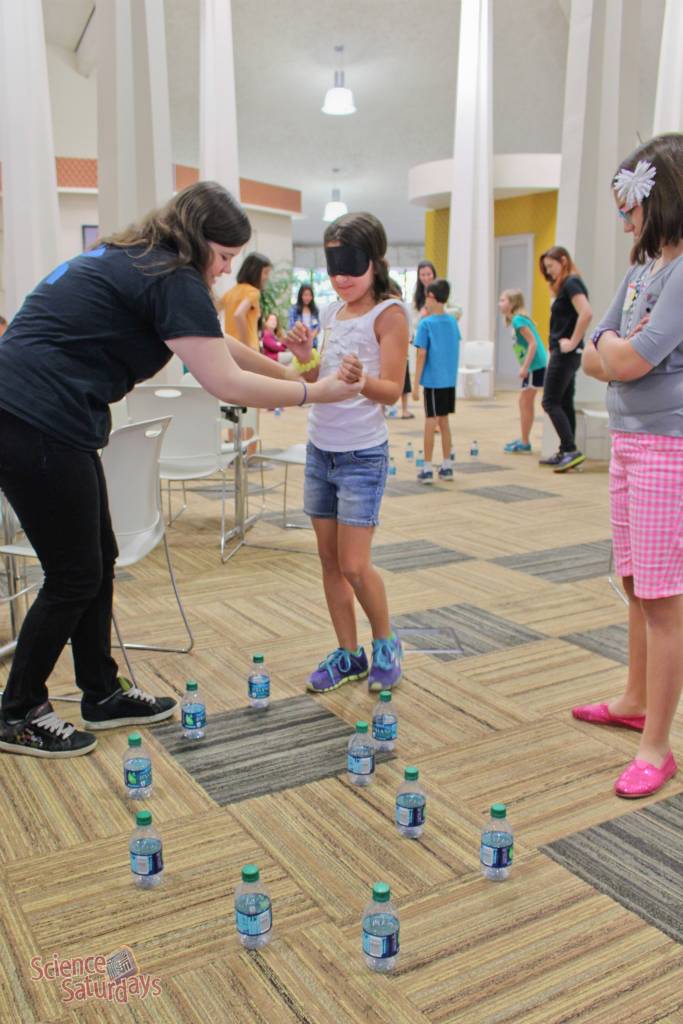
Students were asked to navigate a simple path marked by bottles, deprived of their most important sense for accomplishing this seemingly straightforward task.
-
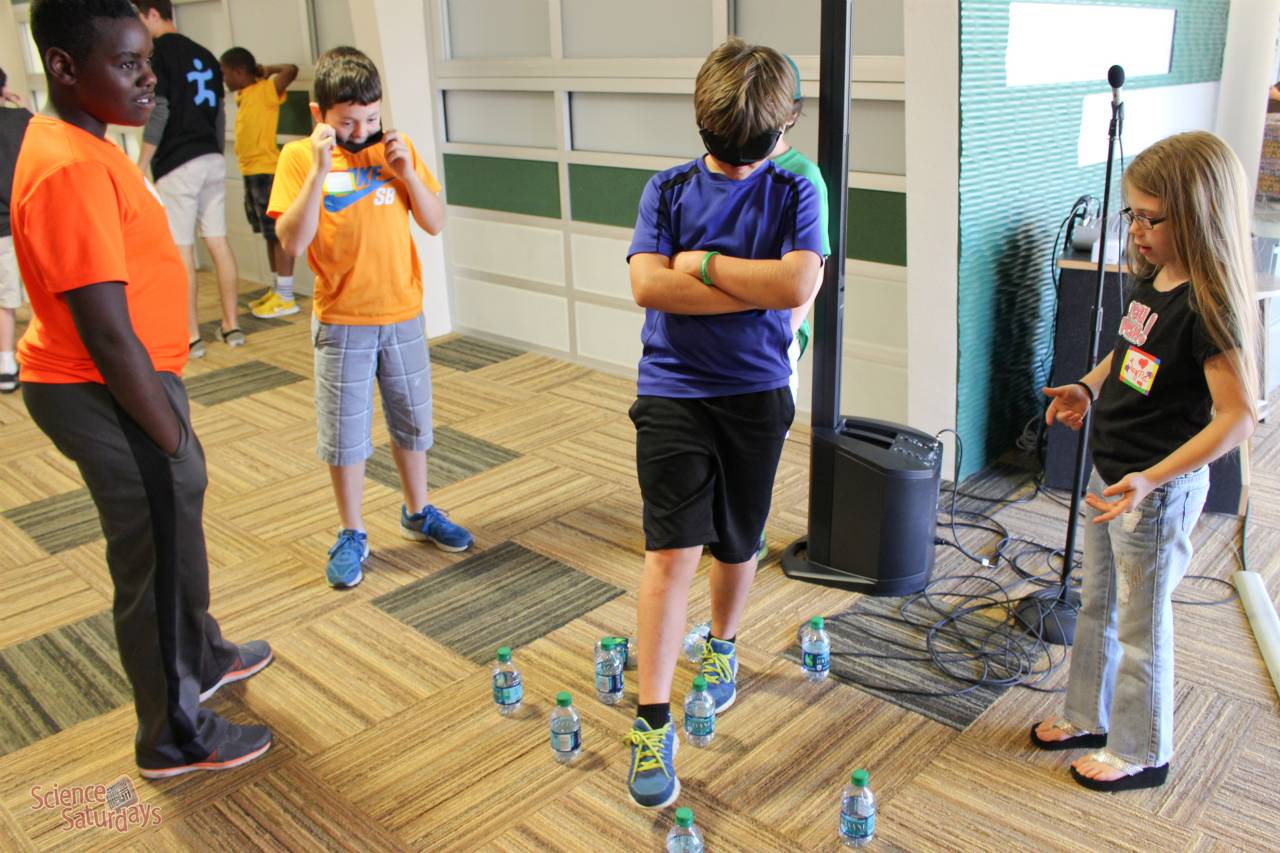
Group members provided commands to guide their blind-folded team mate in order to help them navigate without vision.
-
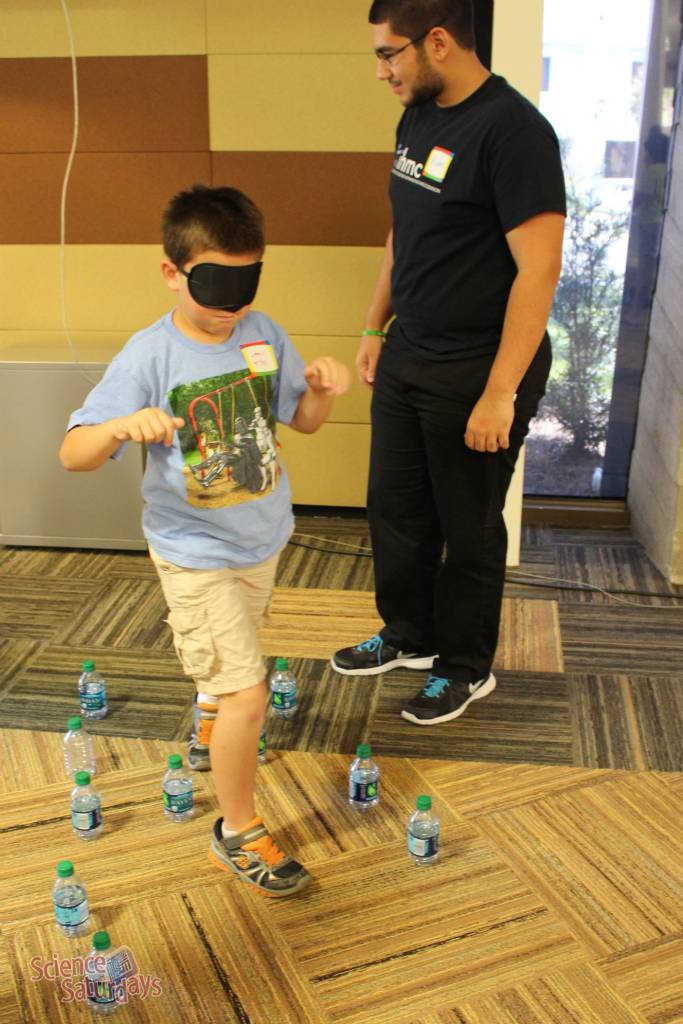
Similarly, robots without vision systems must also rely on commands to navigate.
-
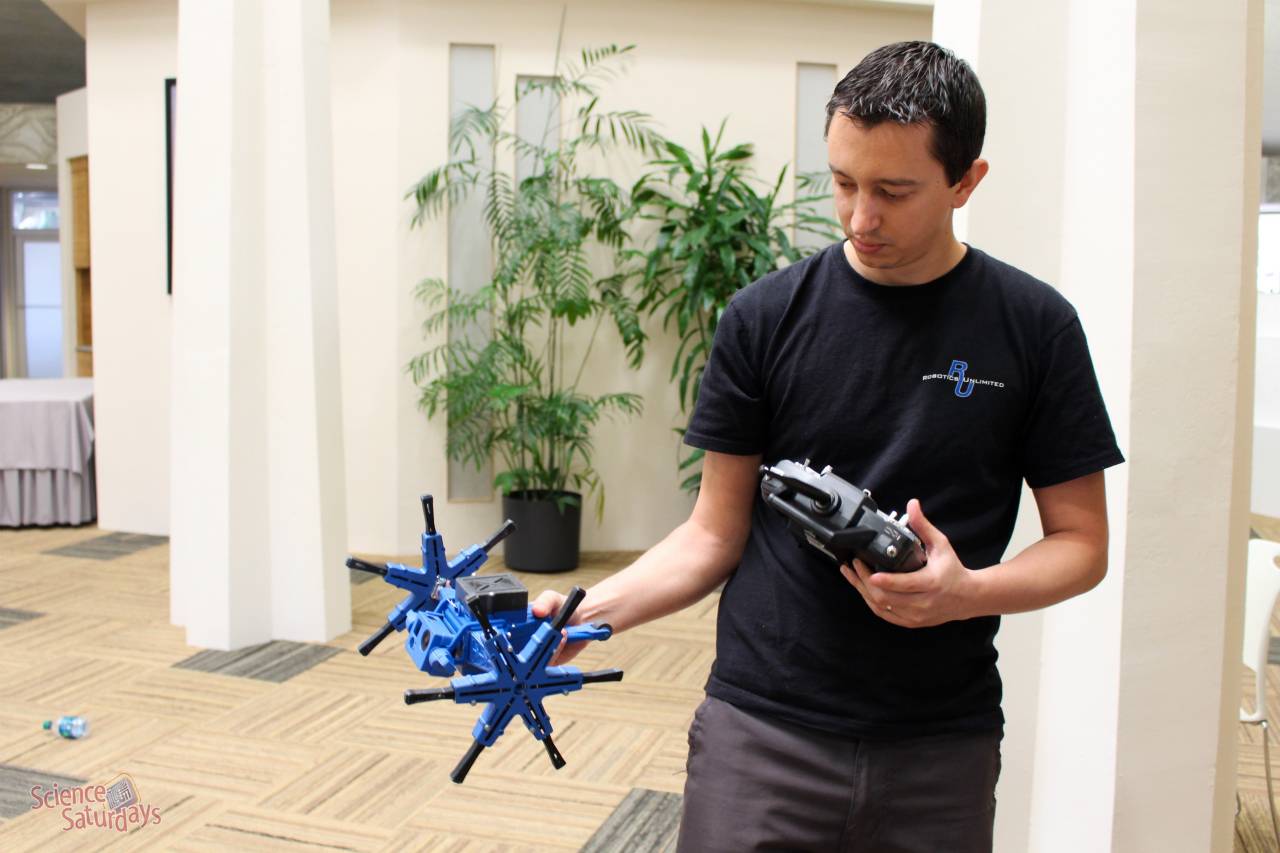
The second activity involved a real running robot which receives commands via remote control.
-
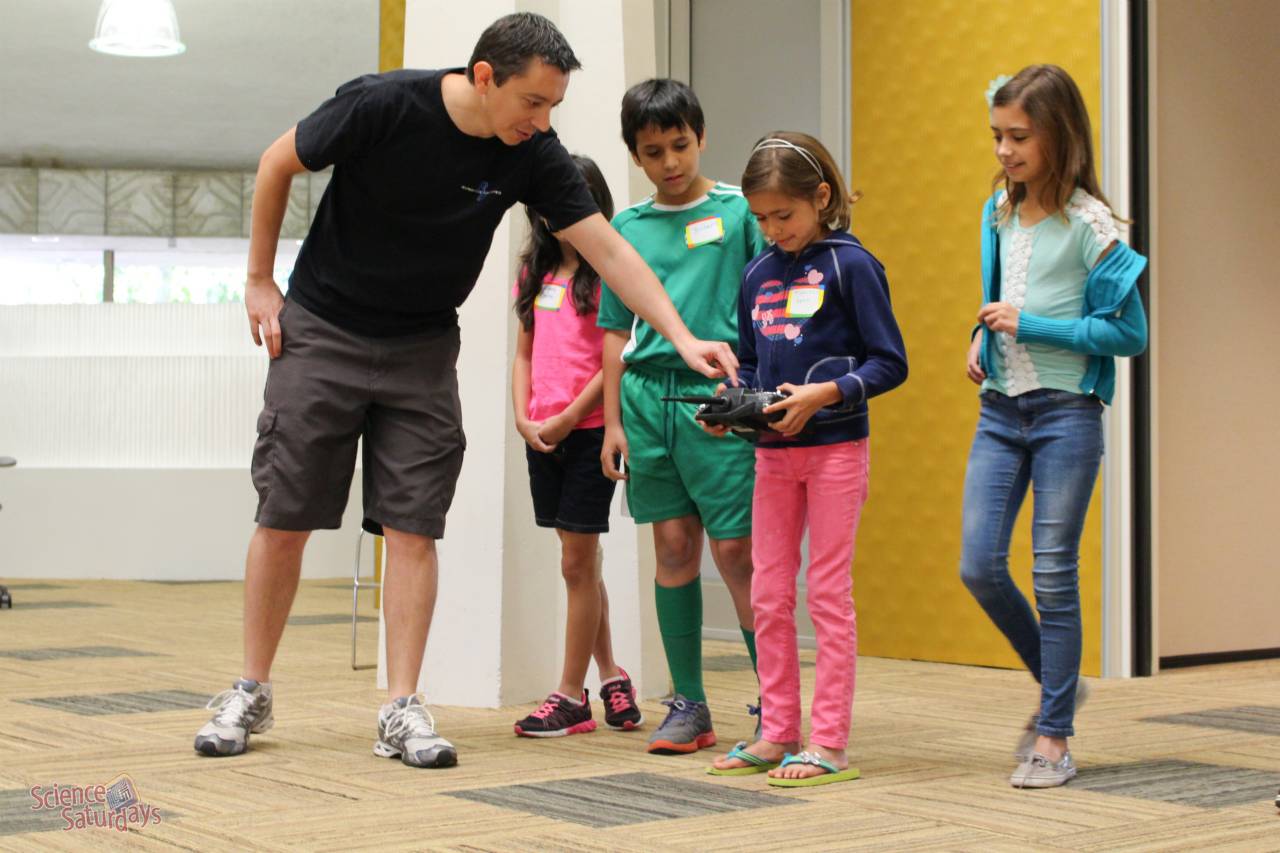
Sebastien explained how the remote control unit worked.
-
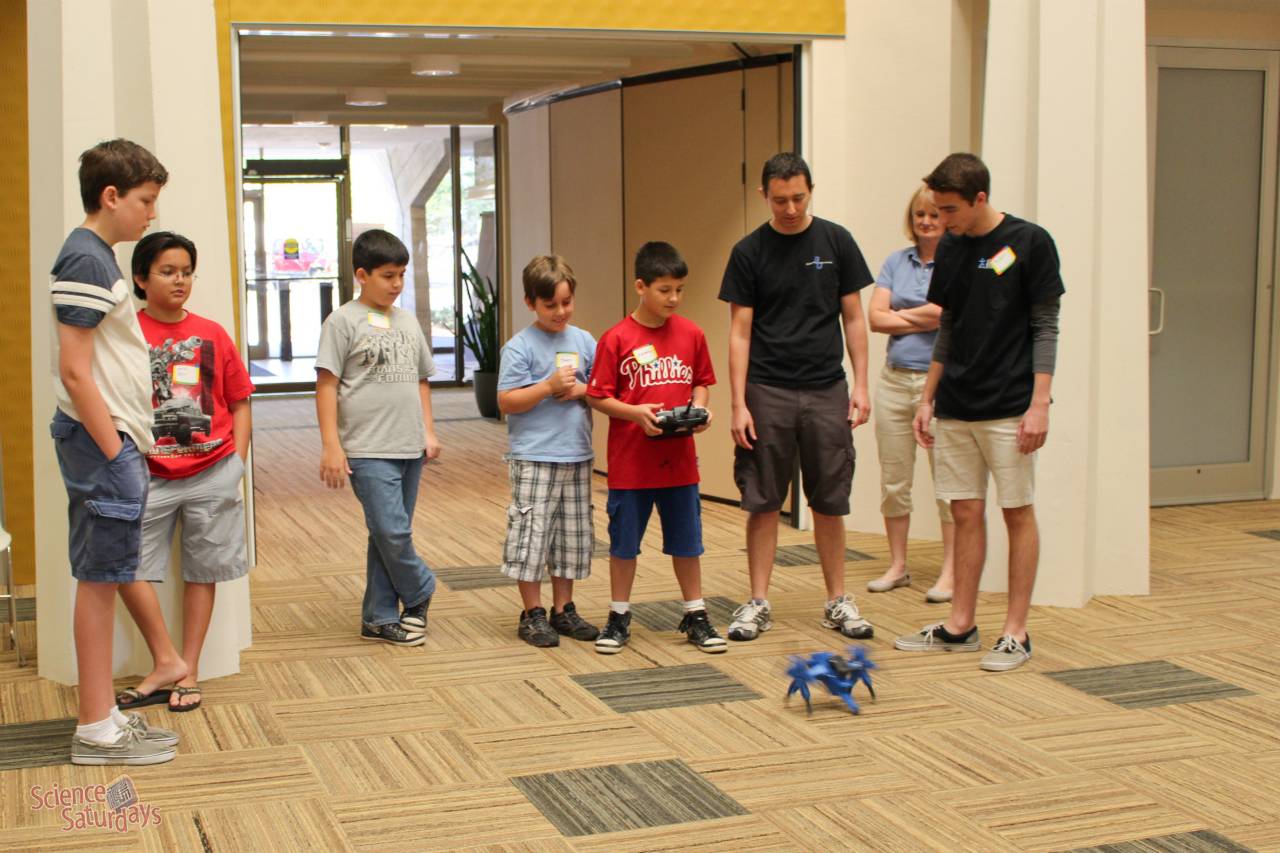
Students were able to command the running robot as they wished, using the remote control to give instructions about direction and speed.
-
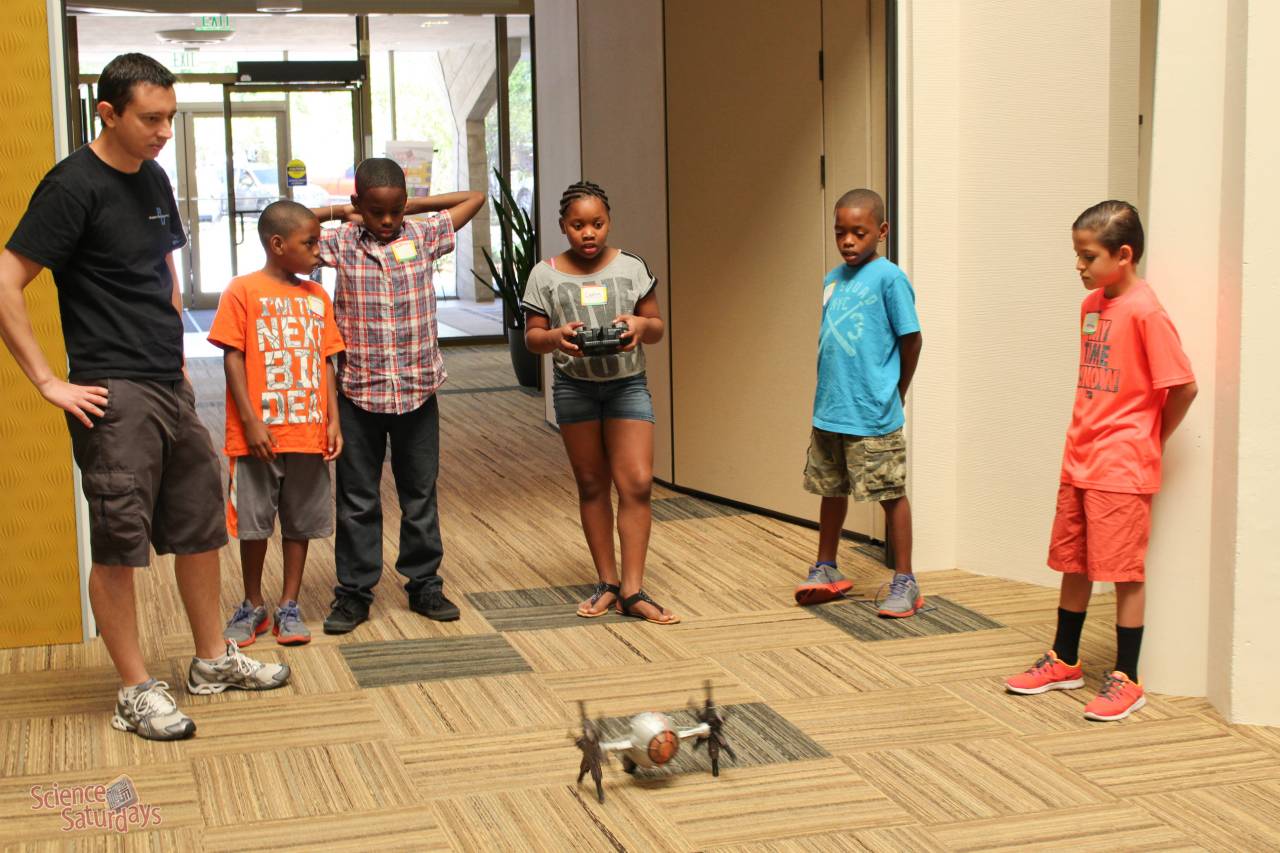
It was similar to the first activity, in which students gave commands to a blind-folded team member.
-
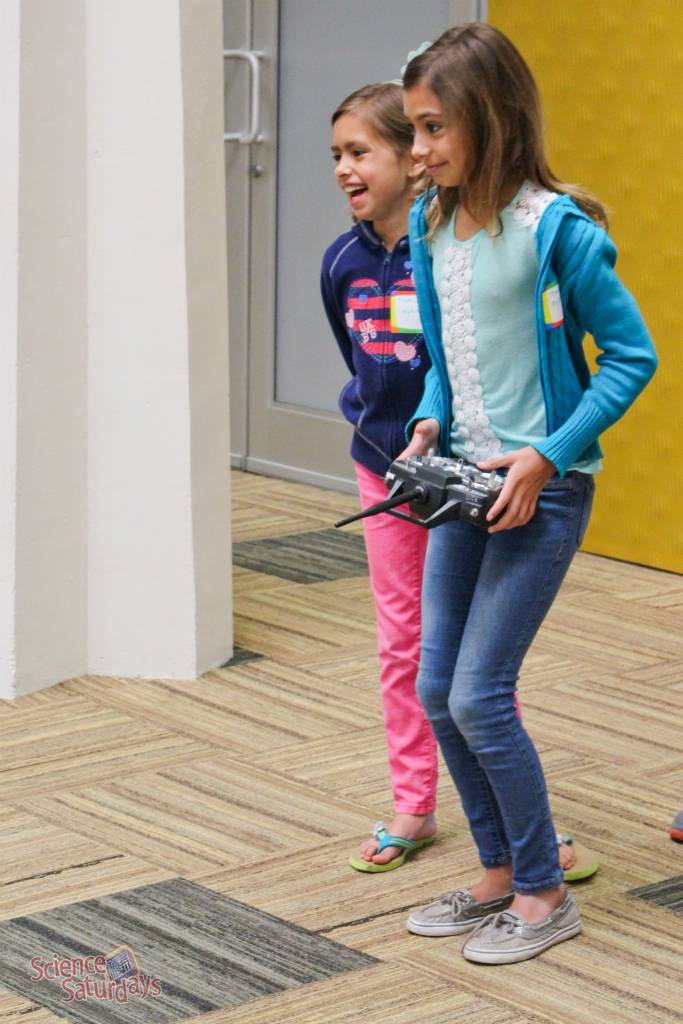
All the members of each group had a turn to try it.
-
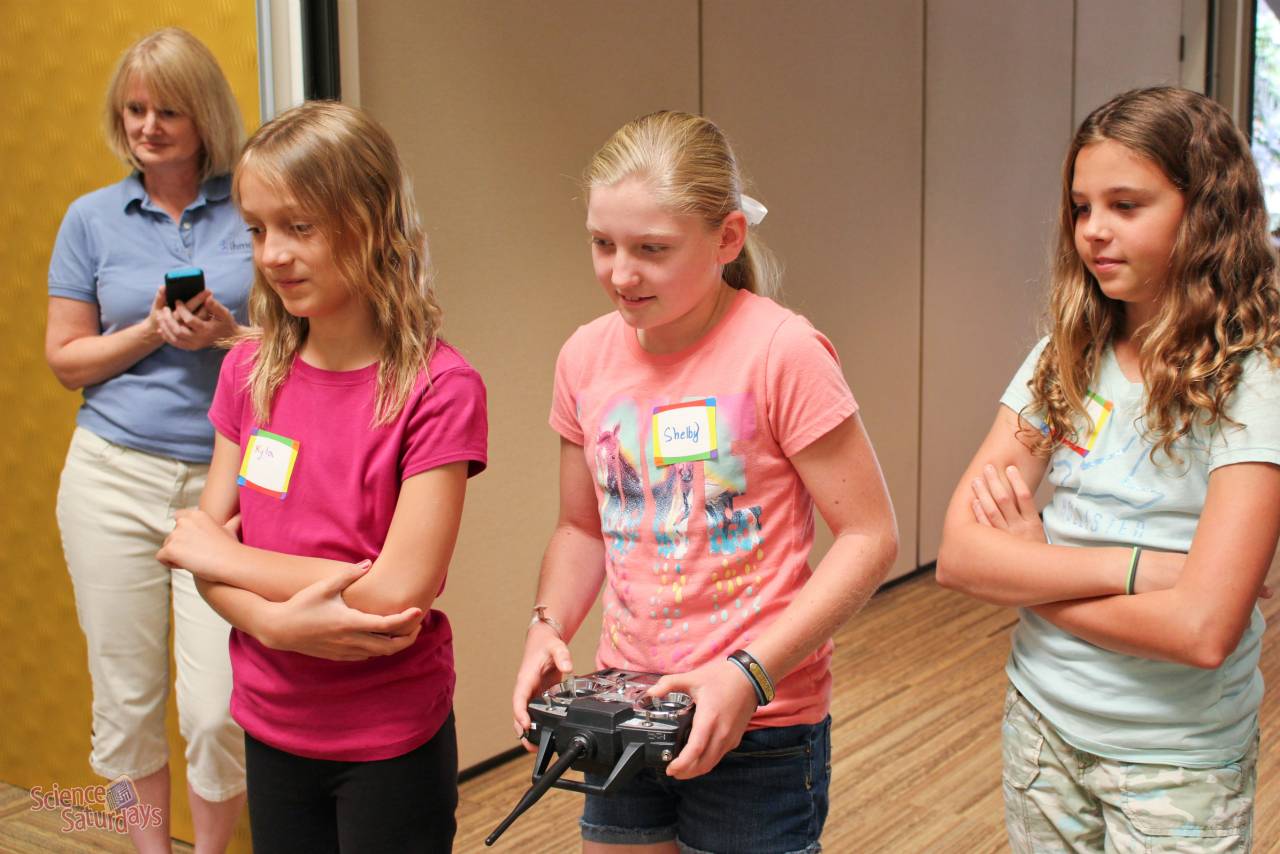
-
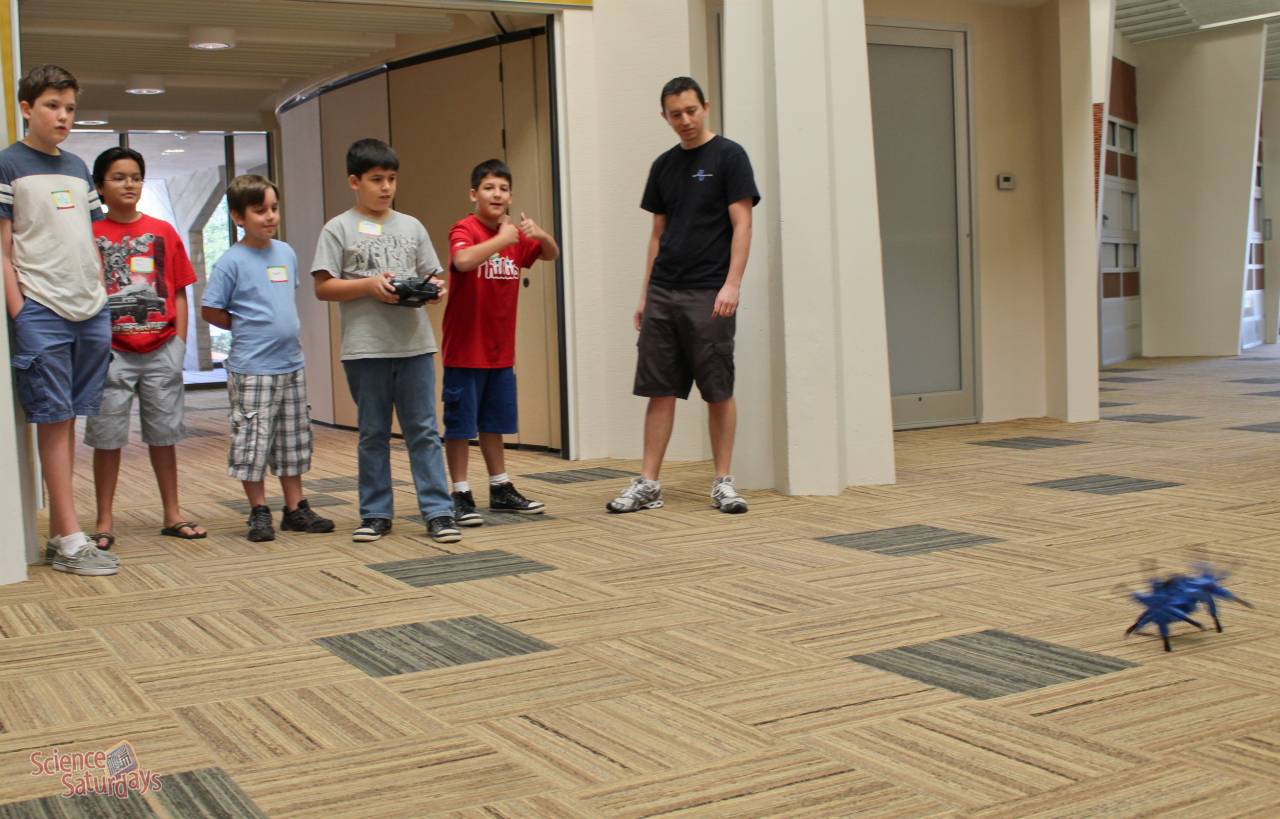
This style of running robot can go very fast without falling over.
-
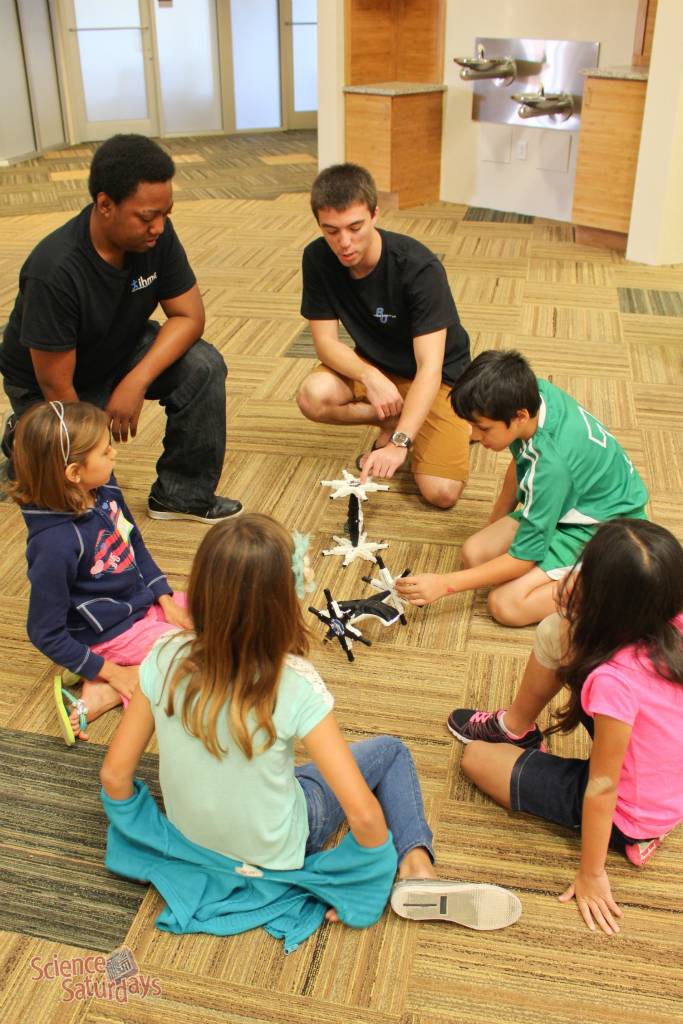
Afterwards, students had a chance to see what was inside the robots, and to learn more about the engineering that makes them work.
-
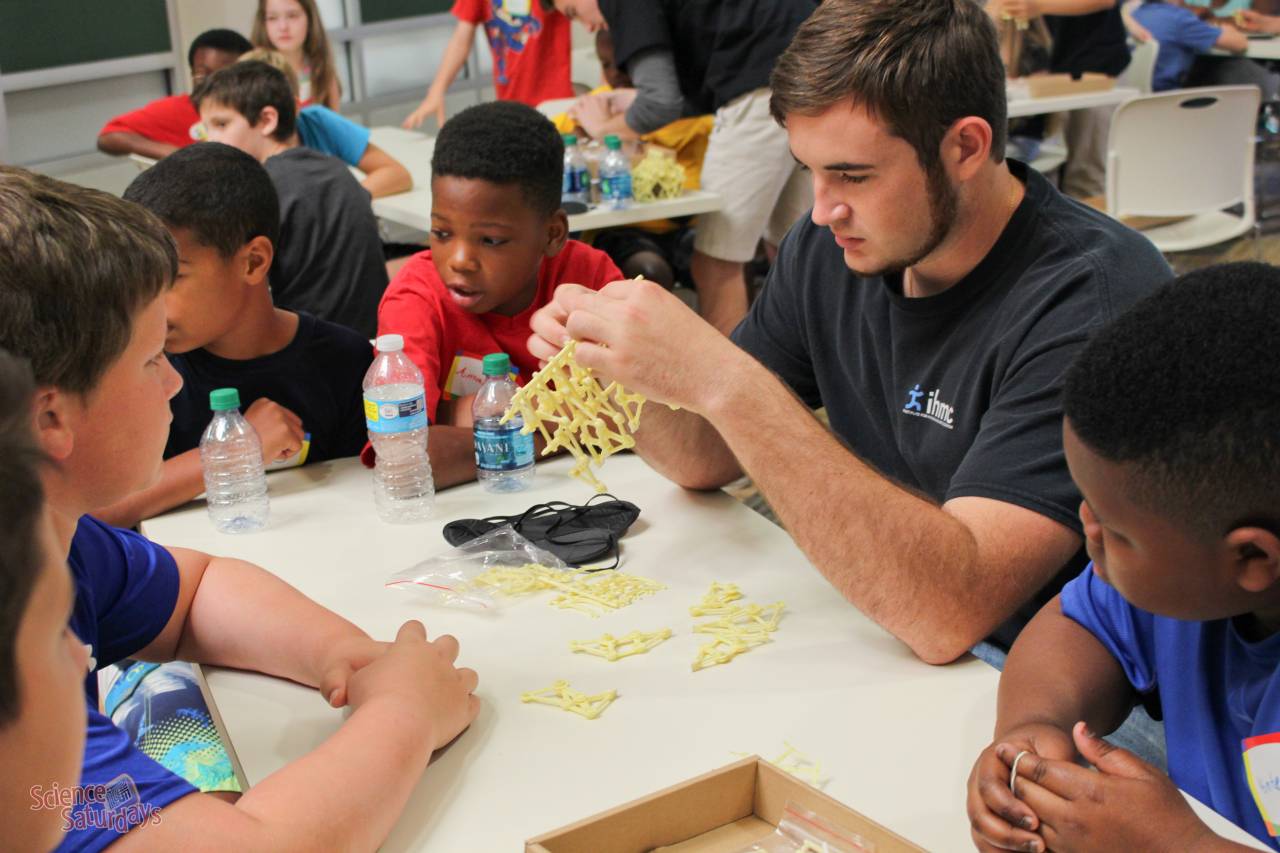
In the final activity, students assembled a multi-legged robot called Strandbeest, named and modeled after a real (and much larger) robot made out of PVC that uses wind-power to walk or run on a beach.
-
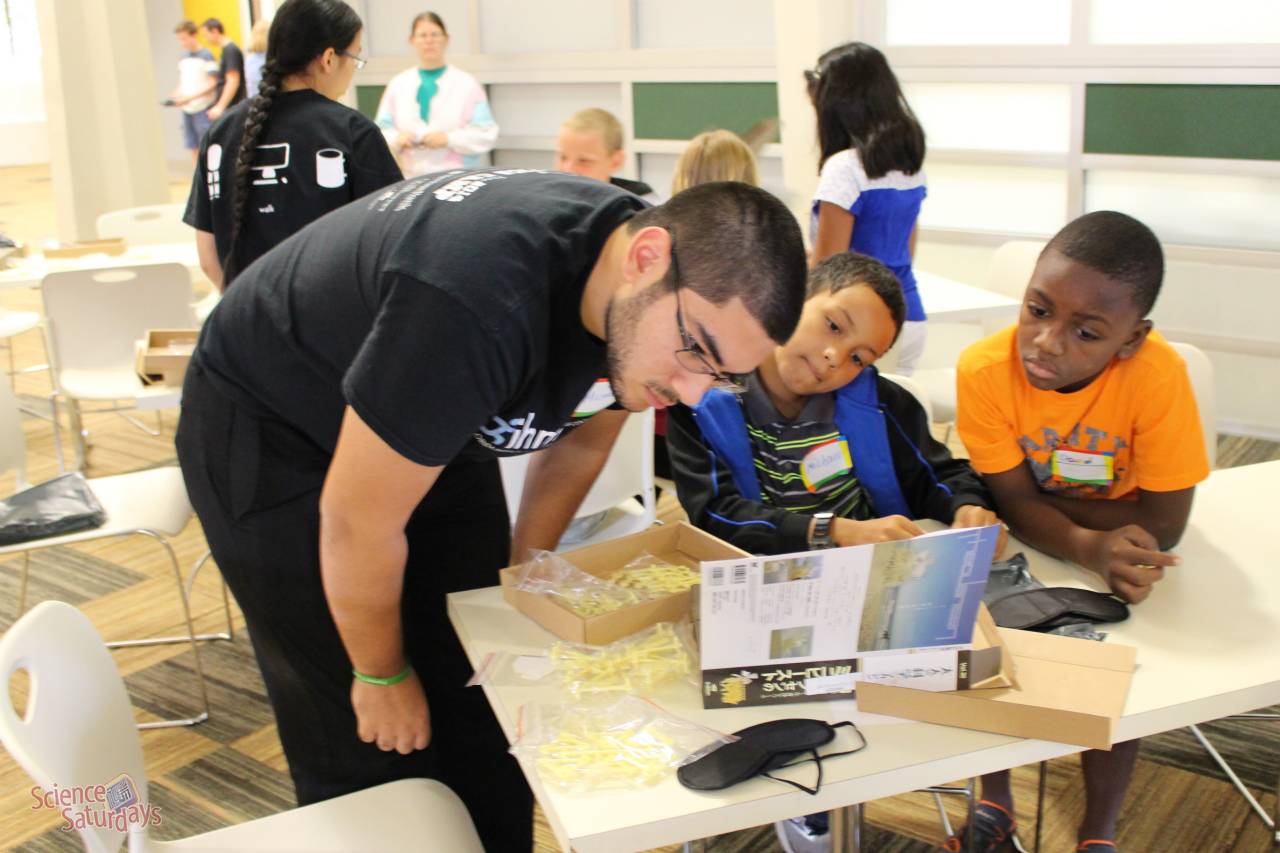
There were a lot of parts. This wasn't going to be easy!
-
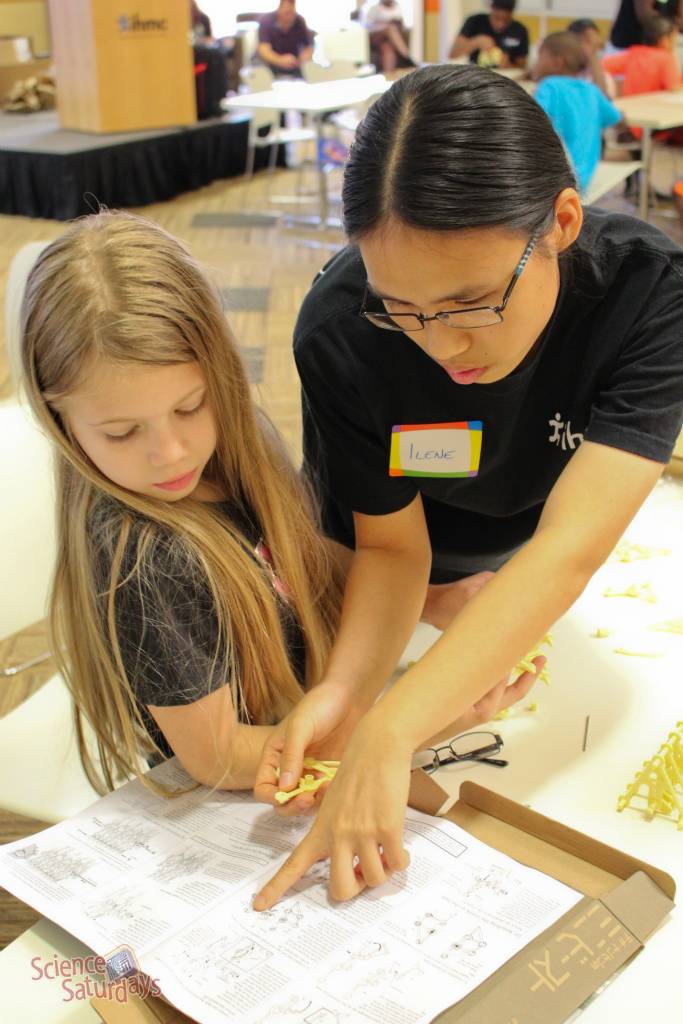
The directions were complicated…. High school volunteers helped.
-
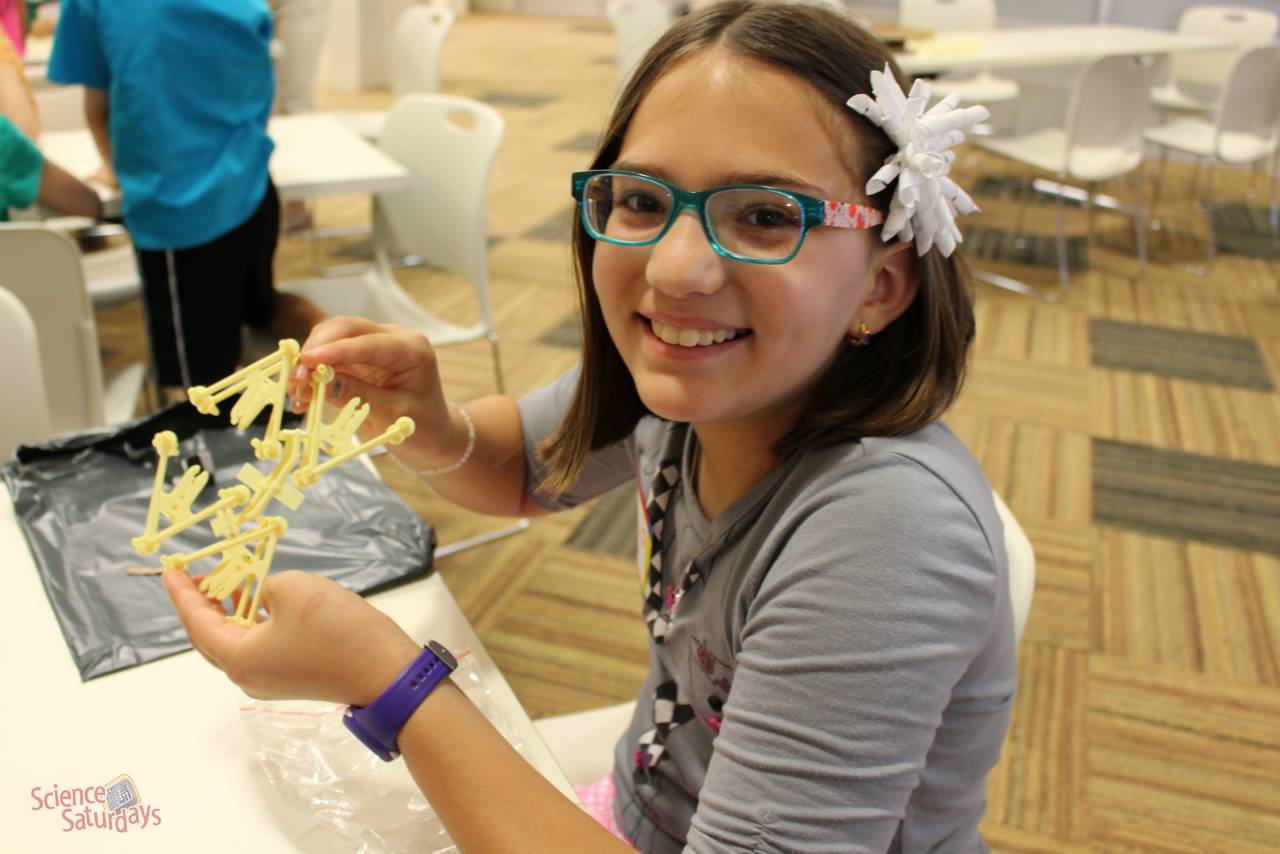
-
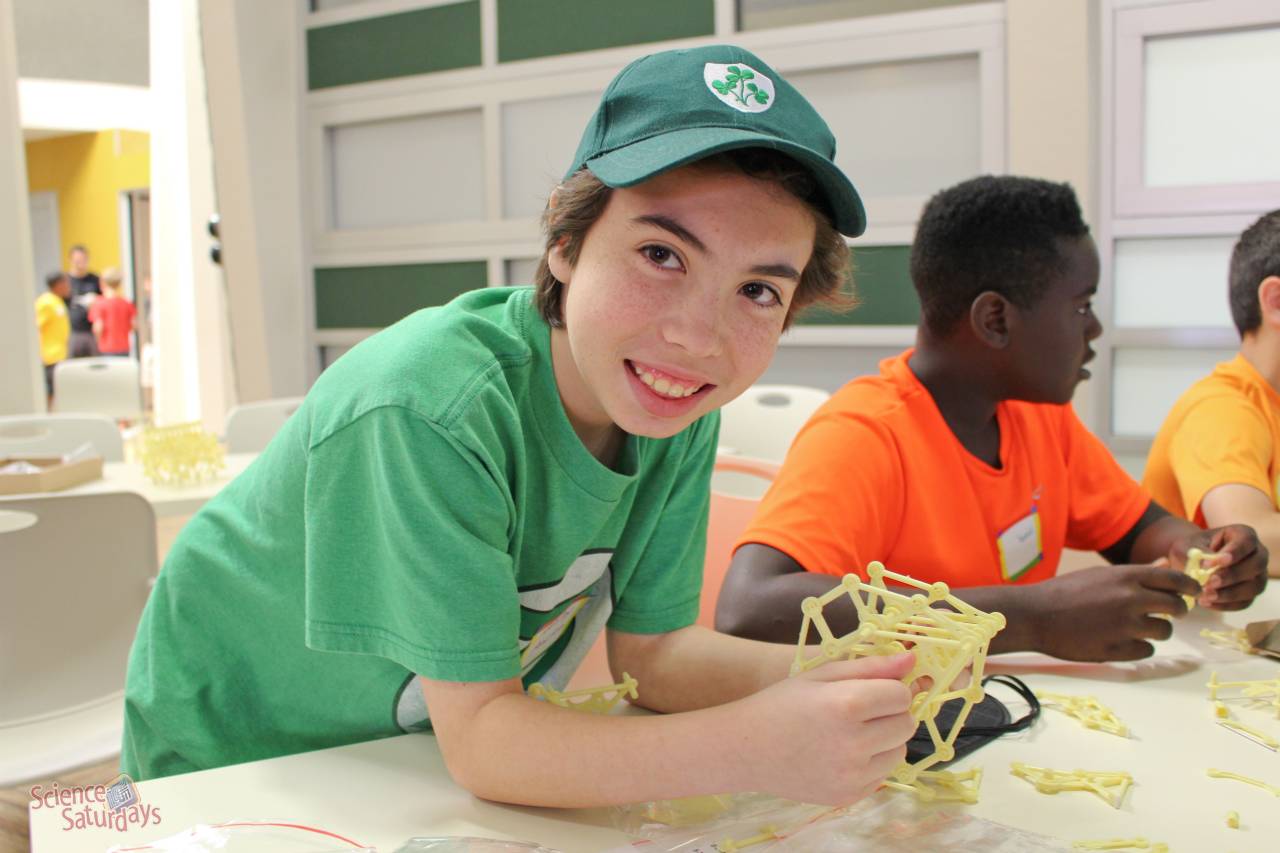
-
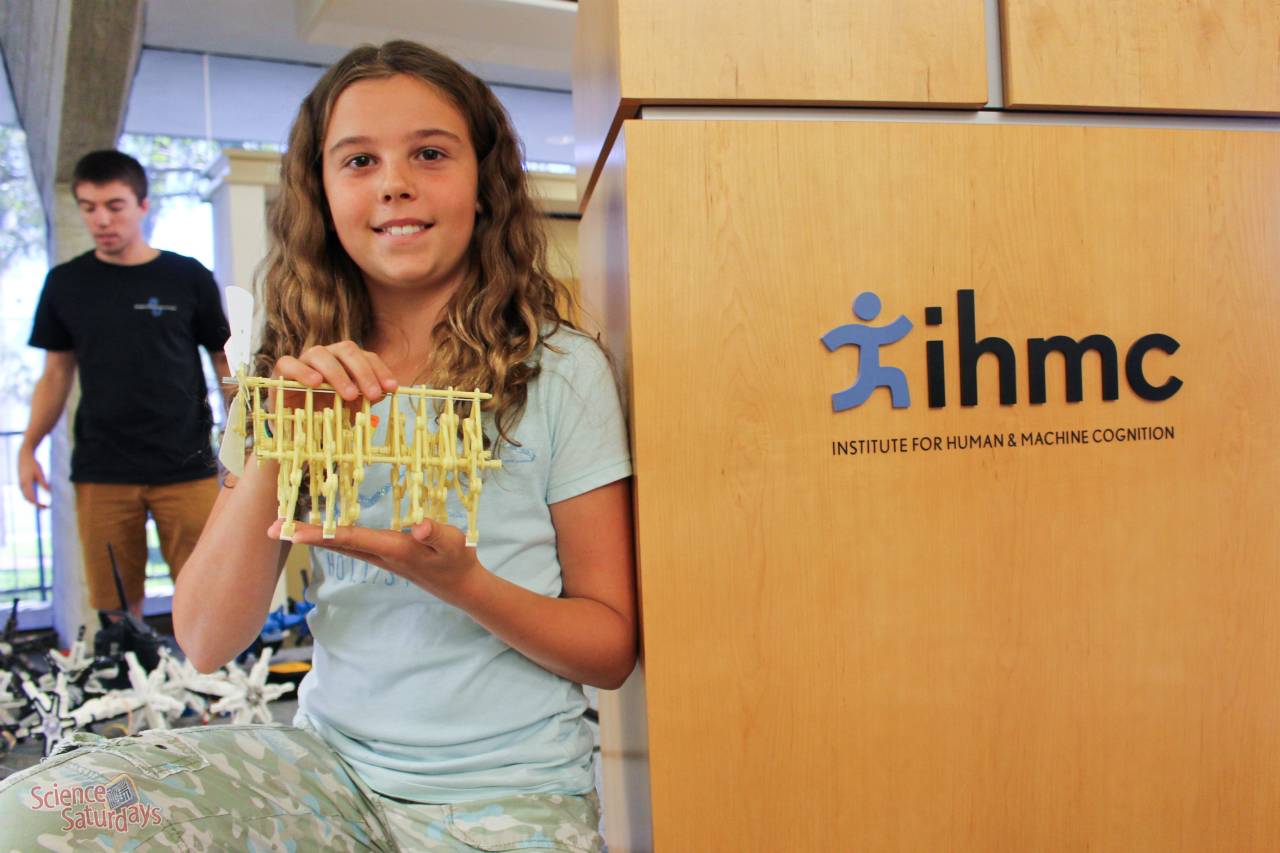
The fully assembled Strandbeest looked like this.
-
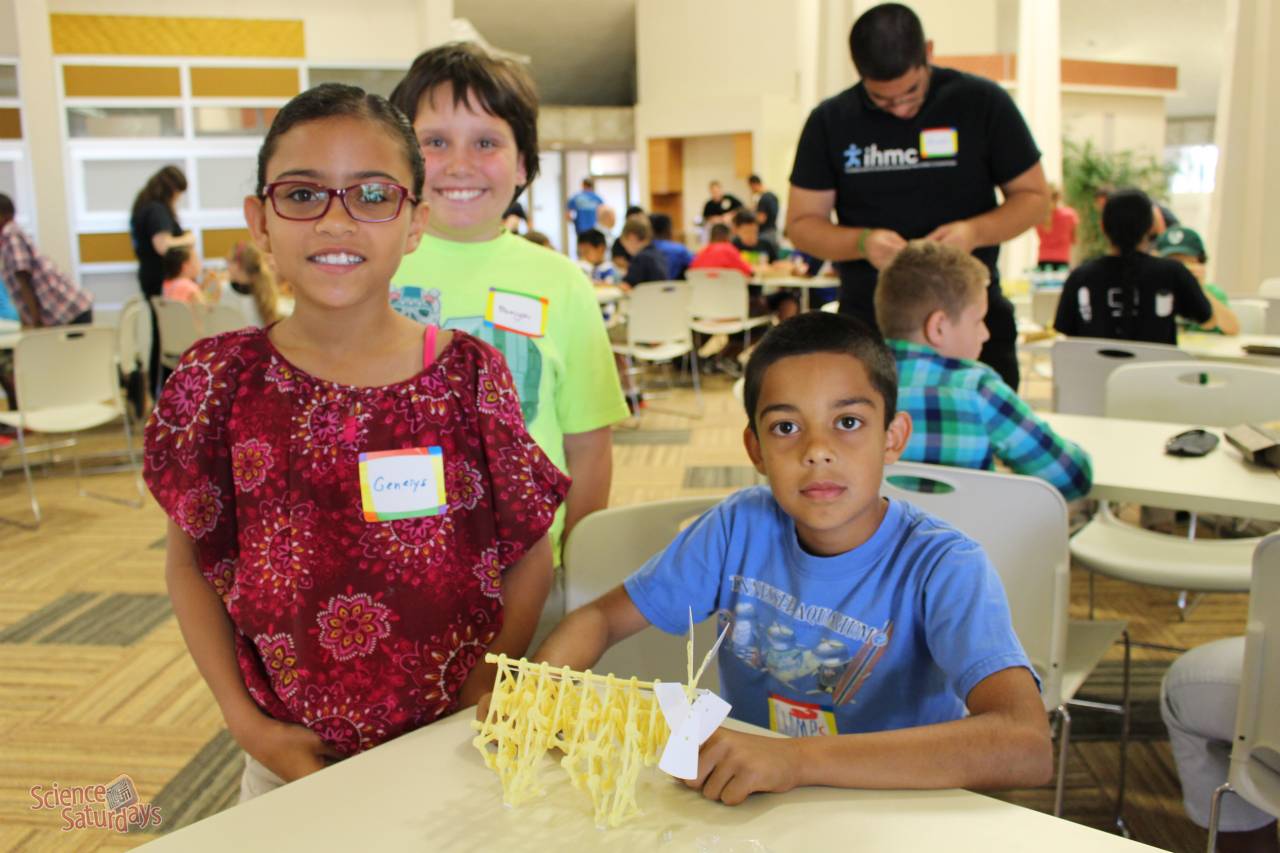
-
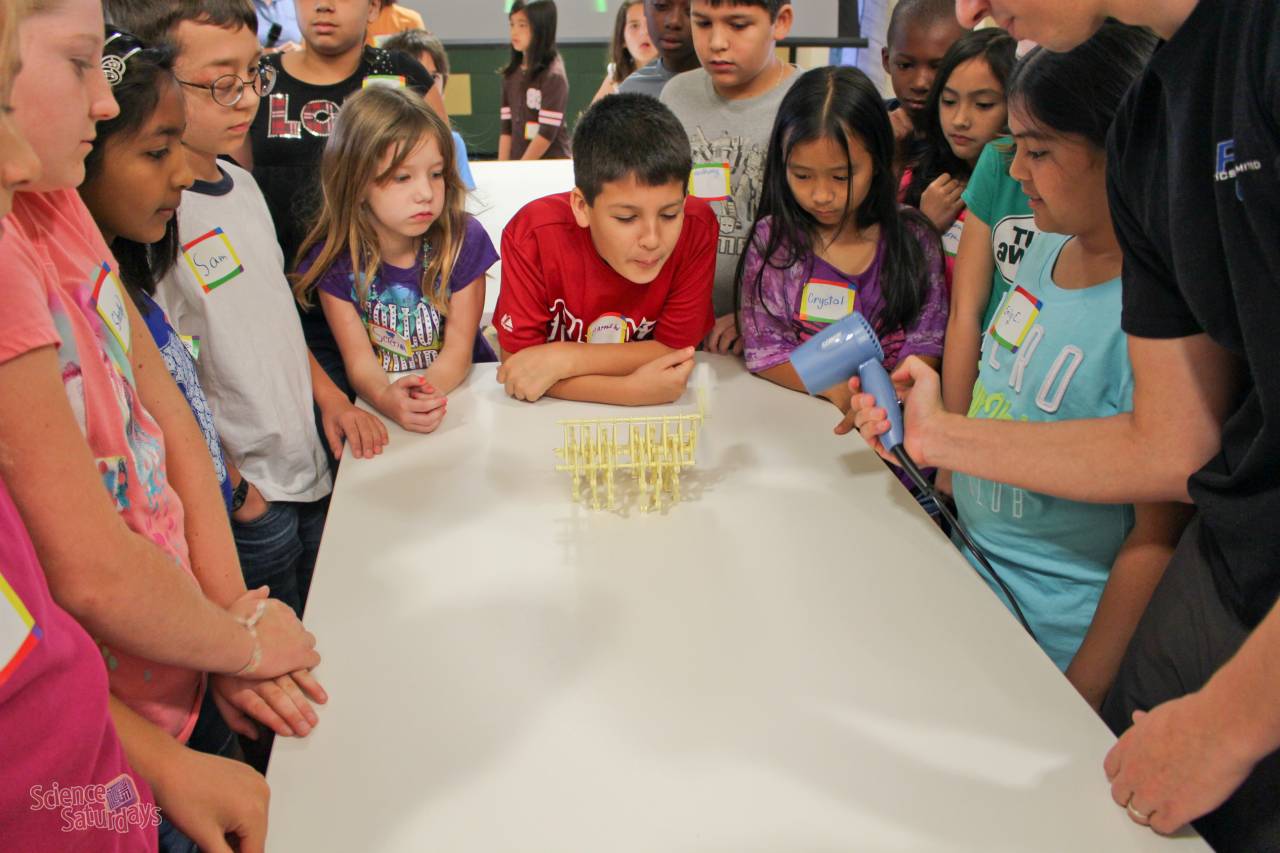
Wind power was provide with a blowdryer. A correctly assembled "beest" would move its many legs to walk down the length of a table.
-
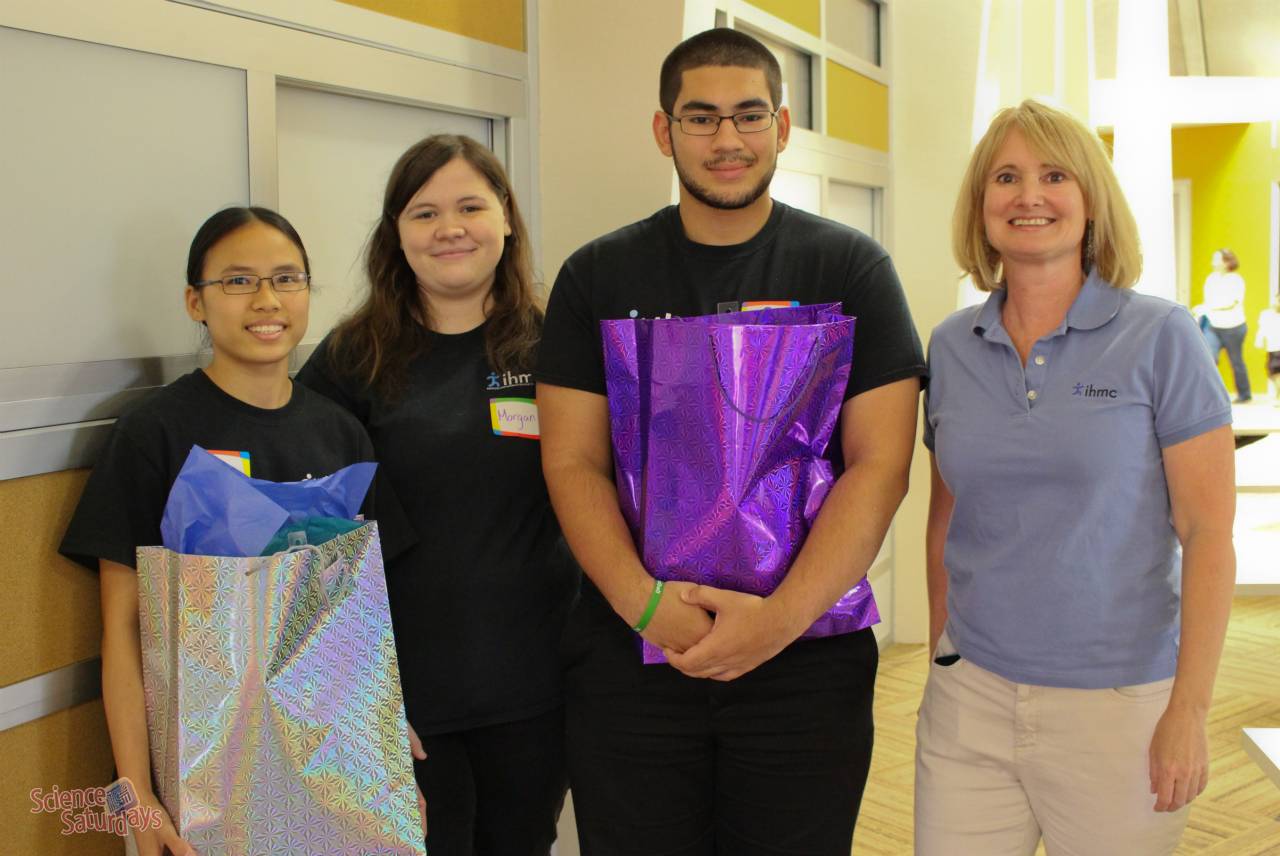
On this final Science Saturday three volunteers joined us for the last time. From the left, Irene (attending Cornell University in the fall), Megan (attending CF), and Michael (attending MIT) received tokens of appreciation and well-wishes from all of us at IHMC. We thank all of the volunteers who participated this year and helped to make Science Saturdays fun, and we also thank our sponsors who continue to help make Science Saturdays possible.























